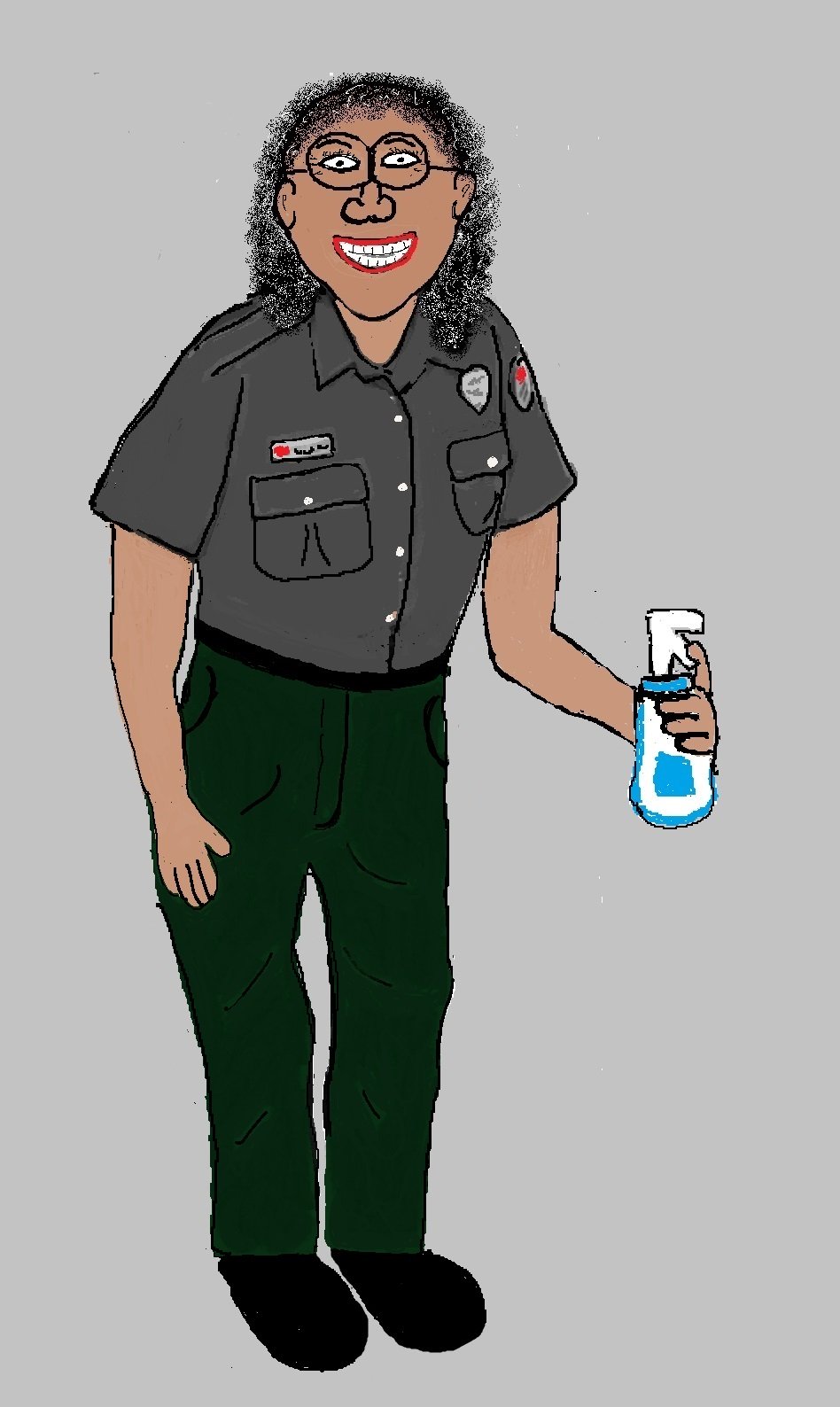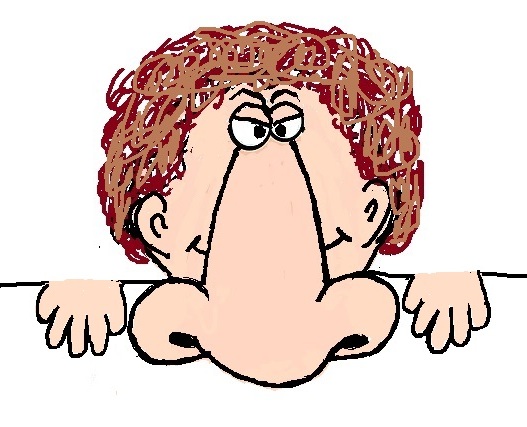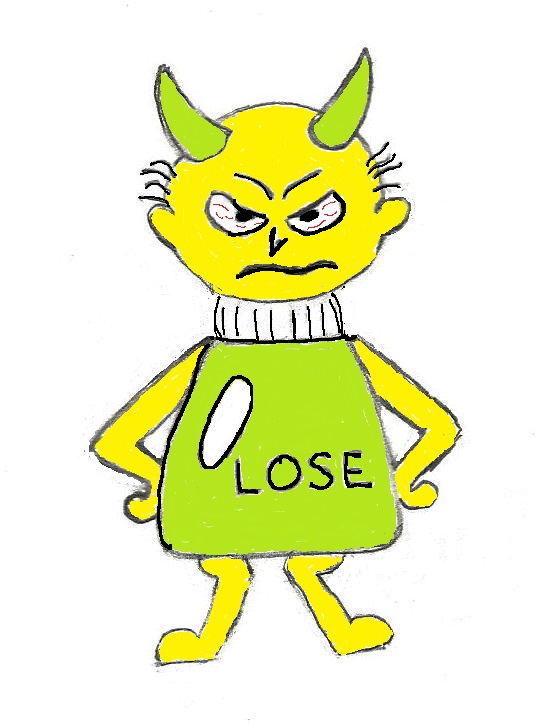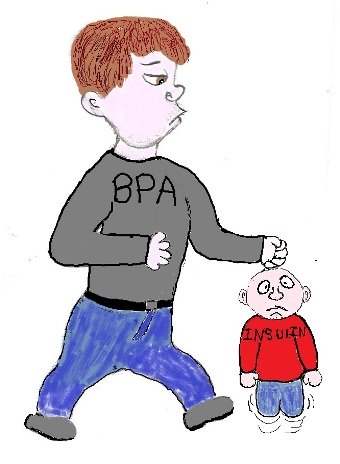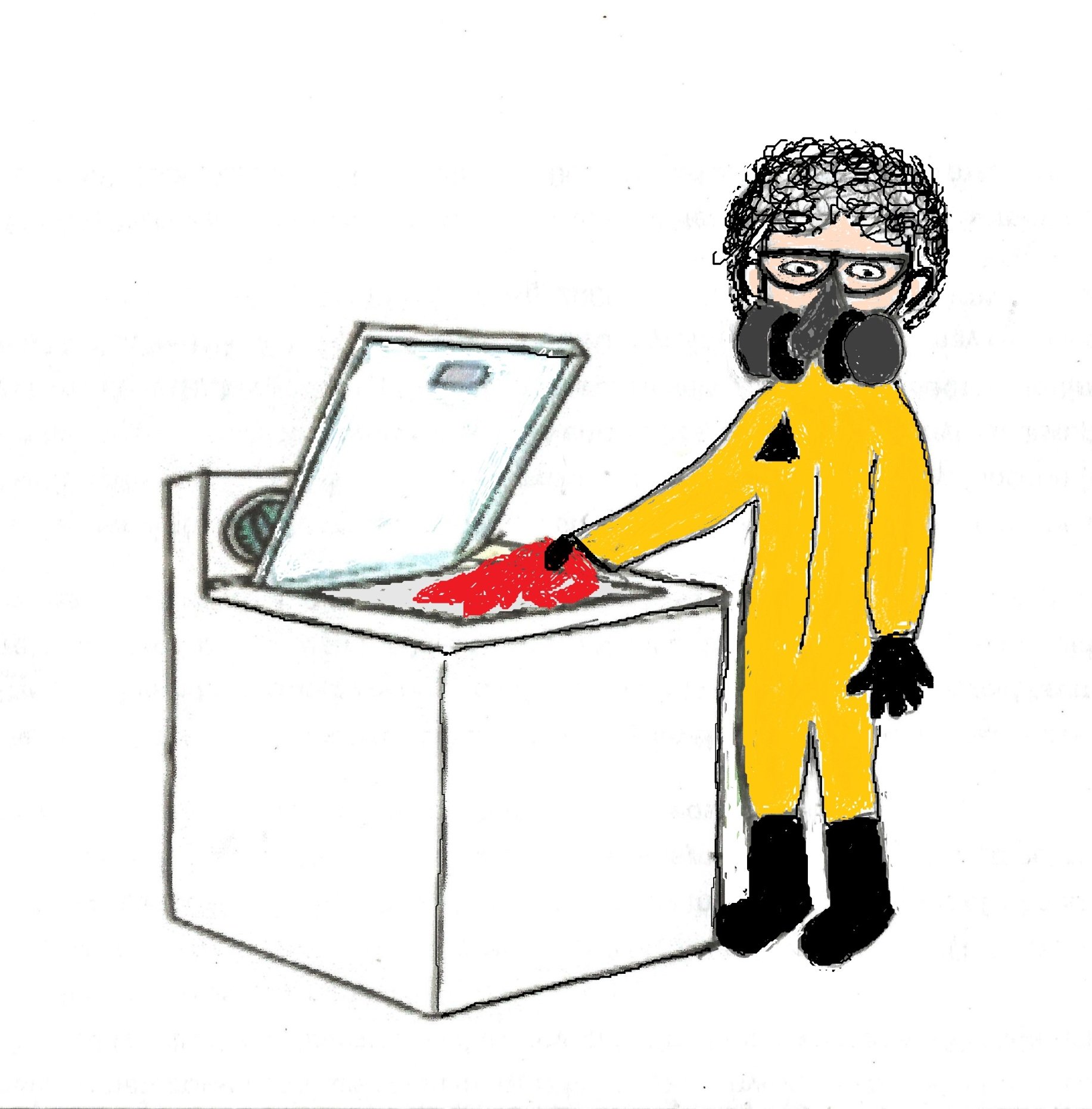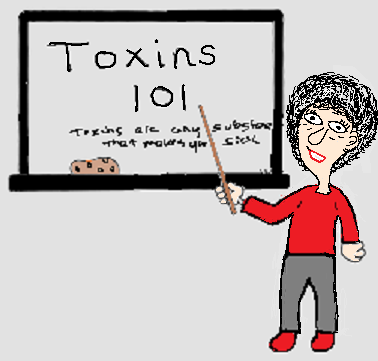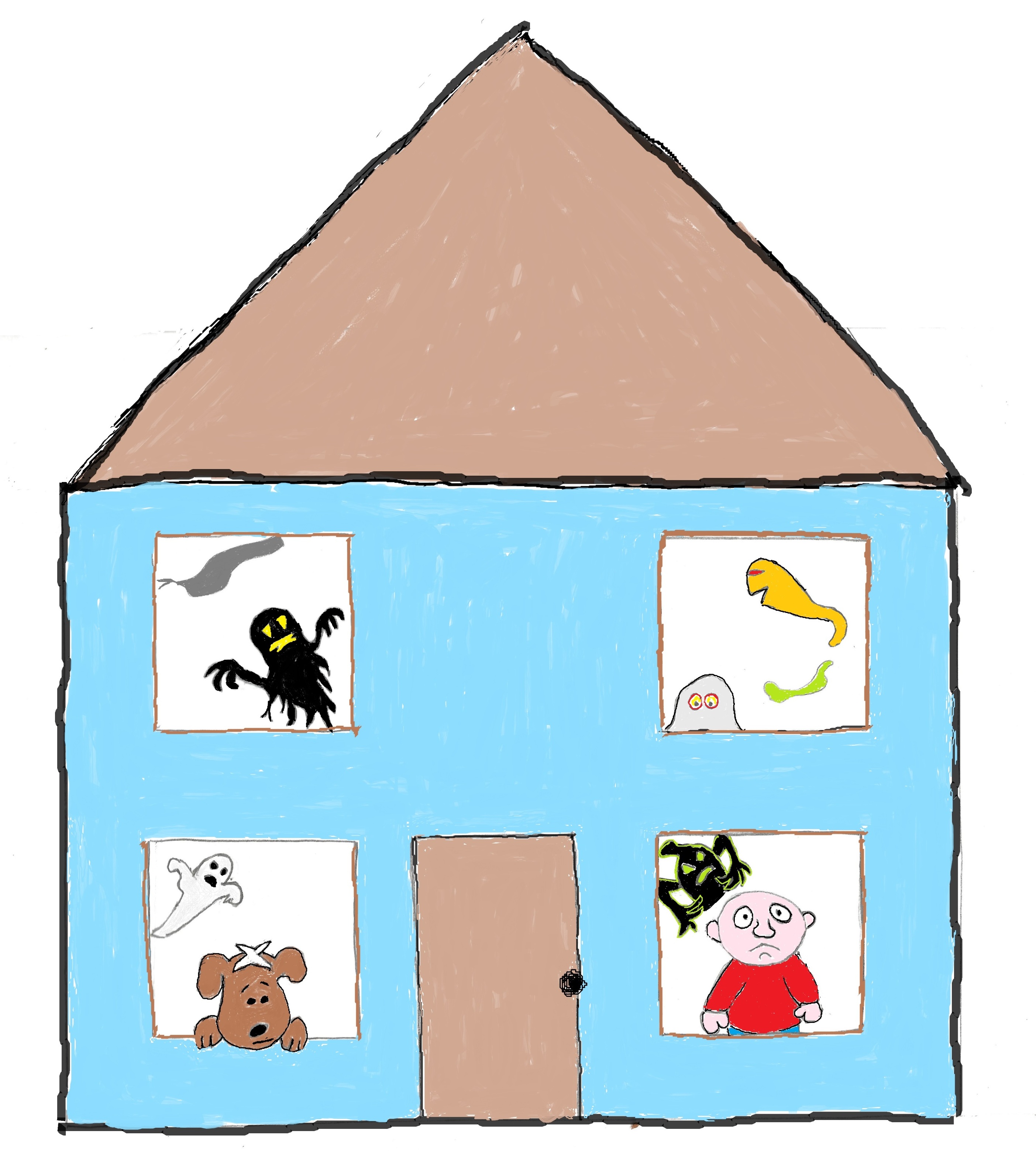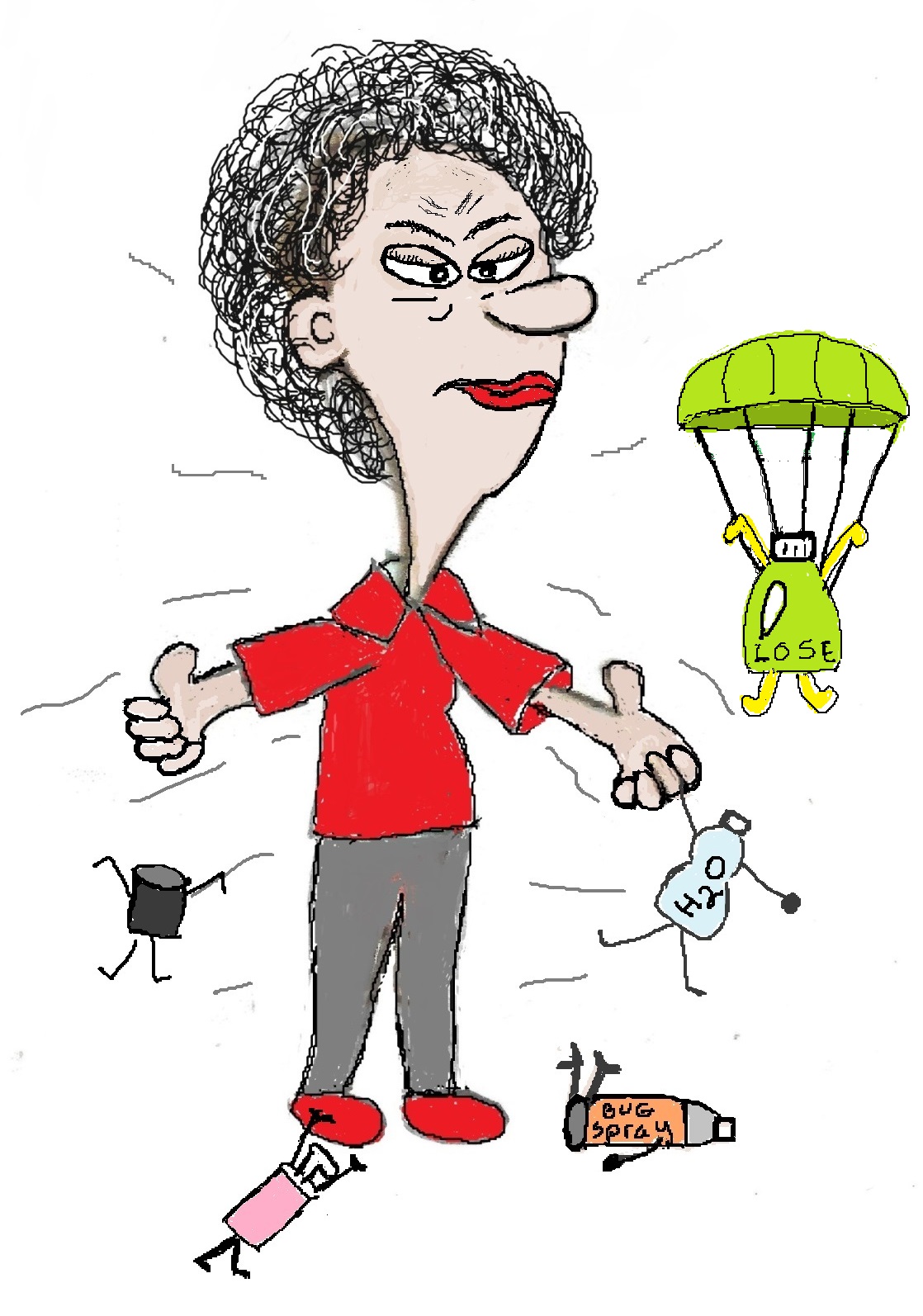The Most Toxic Household Cleaners You Should Avoid
Conventional household cleaners are toxic. Using them in your home exposes you to dangerous chemicals and pollutes your indoor air with volatile organic compounds (VOCs) and particulates. And there is one type of cleaner that is the most toxic.
What's In Toxic Household Cleaners?
Cleaning products contain chemicals that cause asthma, lung inflammation, asthma-like symptoms and other respiratory problems. They also contain endocrine disrupting chemicals. Plus, many of the ingredients in cleaning products evaporate easily (VOCs), polluting your indoor air.
Most of the time, however, you don't really know the specific chemicals in your cleaners. (An exception are products made by SC Johnson). That's because manufacturers aren't required to list the ingredients on the labels. Sometimes they'll list vague categories like surfactants and fragrance that could be any of hundreds of different chemicals.
Most of what is known about the chemicals in cleaning products comes from researchers. For example, a 2014 study found 132 chemicals in the 105 cleaning products that were tested. The main groups of chemicals that were identified in the cleaners included fragrance, glycol ethers, surfactants and disinfectants.
Each of these chemical groups exposes you to toxins when you inhale them while you're cleaning your home and for hours afterwards. They can also enter your body through your skin.
Fragrance Chemicals
There are 3,060 possible chemicals that can make up a fragrance. Most fragrances are made of a dozen to 100 of them.
And studies that measure indoor air quality find that scented products are a major contributor to indoor toxin exposure. In fact, an average of 16 different VOCs are released from each product with fragrance. The most commonly detected fragrance chemicals are limonene from citrus and pinene from pine.
Exposure to fragrance chemicals can cause and exacerbate asthma, cause migraines and other neurological problems like dizziness and seizures, and cause rashes and hives.
Also, products with fragrance emit endocrine disrupting phthalates because this toxic chemical is used as a stabilizer and a carrier for fragrance.
Glycol Ethers
Glycol ethers are federally regulated toxic chemicals that include over 30 different esters of ethylene glycol and propylene glycol. They are used to dissolve fatty substances. Health effects from exposure include asthma, allergies, endocrine disruption, reproductive problems and low sperm mobility.
Some types of glycol ethers found in cleaning products are 2 Butoxyethanol, a lung irritant and possible carcinogen that may cause liver damage, and 4-t-nonylphenol, an endocrine disruptor that mimics estrogen.
Surfactants
Surfactants are chemicals that act to promote the breakdown of soil from surfaces (detergent) and the suspension of that soil in liquid (emulsifier) so that it doesn't redeposit. It also helps make cleaning products foamy.
Commonly used surfactants include monoethanolamine (MEA) and diethanolamine (DEA). Both can cause asthma and allergies. Plus, MEA can react with other chemicals in cleaners to form cancer-causing toxins like nitrosamines.
Disinfectants
One of the most common types of disinfectants found in cleaners are quaternary ammonium compounds (quats). Quats are known to cause asthma and allergies. Some are also endocrine disruptors and contribute to the formation of cancer-causing nitrosamines.
A type of quat found in Lysol and Clorox disinfectant cleaners is Alkyl dimethyl benzyl ammonium chloride. According to Environmental Working Group, this chemical poses a high risk for human health and can affect the organs and systems in your body, including your respiratory system.
Clearly, the chemical groups found in cleaners can be hazardous to your health. But the dangers of toxic household cleaners aren't limited just by the chemicals that are intentionally added. Just like with personal care products, the manufacturing process adds contaminants and impurities. Many of them, like nitrosamines and 2-4 dioxane, are known to cause cancer.
Also, using cleaners can create additional toxins, called secondary pollutants. For example, a class of chemicals called terpenes react with pollutants like ozone and create formaldehyde. (Terpenes are organic compounds produced by plants and include limonene from citrus, linalool from lavendar, and pinene from pine).
And The Most Toxic Household Cleaners Are?
While using most conventional cleaners exposes you to toxins, some are worse then others. So, which are the most toxic household cleaners?
Before I answer that let me tell you a little story. This past summer I was volunteering at a nature center in southern Virginia. One day I was helping the Outreach Ranger clean the place. I was dusting on one side of a large room and she was cleaning on the opposite side.
All of a sudden I started coughing, gagging and wheezing. I turned around to see what could be causing this irritation and there she was applying a very toxic household cleaner in a very toxic way.
Can you guess what she was using? If you need a clue, that's her in the cartoon - luckily she has a great sense of humor. Yep, she was choking me with a disinfectant spray cleaner.
Research shows that spray cleaners are the most toxic because they provide the greatest exposure to the chemicals in toxic household cleaners. In fact, a 2018 study found women who used sprays or other cleaning products at least once per week had a steeper decline in lung function than women who didn’t.
There are several reasons why spray cleaners are so toxic.
- Spraying releases the most VOCs (chemicals that evaporate into the air).
- Sprayed chemicals linger in your home's air the longest.
- It's easier to inhale the toxins into your airways because of the turbulent air flow created by sprayers.
- The sprayed cleaning chemicals can attach to surfaces in your home. Things like carpet, wallpaper, drywall and curtains can absorb and release these chemicals long after you're done cleaning.
According to numerous studies the use of spray cleaners:
- Increases the risk of eye, nose and throat symptoms, asthma and bronchitis (2007).
- Increases the risk of asthma 30%-50% when you use spray cleaners at least once a week (2010).
- Increases the risk of cardiovascular health problems with long-term, frequent use of spray and scented products, especially air freshener (2012).
- Causes airway irritation and reduces lung function (2014).
- Is linked to asthma in older women with weekly use of at least one spray cleaner, especially degreasers (2014)
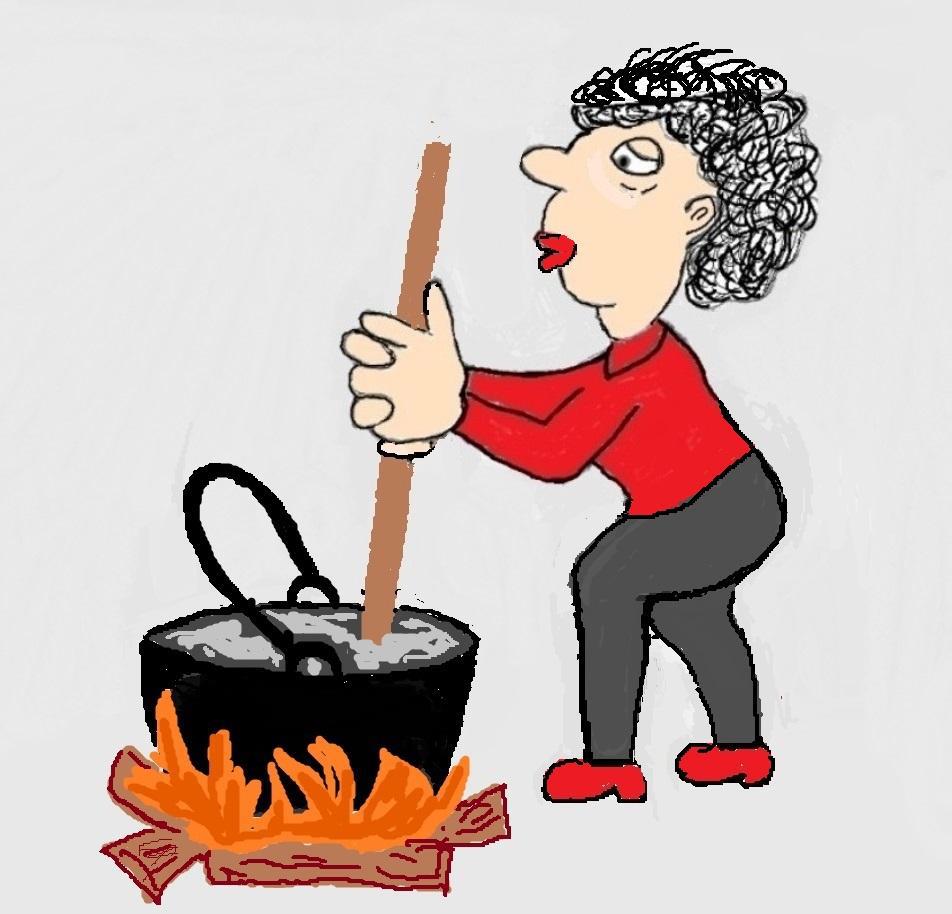
Make The Switch To Non Toxic Household Cleaners
Spray cleaners are very convenient. So I'm not suggesting you give them up. But if you want to protect your health, switch to nontoxic spray cleaners.
Attitude Cleaners are great non toxic options. Seventh Generation Free and Clear cleaners are an OK option. But some of their products use questionable synthetic preservatives.
The cheapest and least toxic types of spray cleaners are homemade.
A good resource for recipes is the book Homemade Cleaners: Quick-and-Easy, Toxin-Free Recipes. One thing though - any cleaner with citrus or pine oils can react with air pollutants to create formaldehyde whether the cleaner is homemade or store bought. So nix the citrus and pine essential oils that are in cleaning recipes.
I've listed 5 of the most toxic household cleaners based on the ingredients in them. These cleaners are often found in spray form so they are a good place to start. I've included some homemade recipes and any nontoxic store bought options.
1. Air Fresheners
I've said this before but it bears repeating. Clean air does NOT smell like an ocean breeze or a field of lavender. In fact, clean air has no smell.
All you're doing by spraying air freshener is masking smells and deadening your sense of smell. Oh, and polluting the heck out of your indoor air.
So how about giving the nontoxic solutions a try. The recipes below will remove odors.
But if you insist on a lavender scented house, you could also fill a spray bottle with vodka or water and add some essential oils to make your own spray. You need to know though, that essential oils release VOCs and some are linked to asthma symptoms.
Homemade Air Freshener
Ingredients - Vodka, Cedarwood Oil
Directions - Pour 2 cups of vodka into a mister bottle. Add 1 teaspoon of cedar
oil (optional). Spray throughout your house to remove musty odors.
Homemade Room Deodorizer
Ingredients - Baking Soda or Diatomaceous Earth
Directions - Set small bowls of baking soda or DE around your home to absorb
You can also freshen your indoor air by simmering herbs and spices in a small simmering pot. Consider growing a cutting garden and fill your home with the scent of fresh flowers.
2. Carpet and Upholstery Cleaner
Carpet and upholstery cleaners are a toxic mix of unlabeled surfactants like MEA and DEA and 2-Butoxyethanol and glycol esthers like butoxydiglycol, which can effect respiratory function and be contaminated with carcinogens. In fact, the Environmental Working Group scores about half of all commercial carpet cleaners with an F and another 40% with a D.
And you're not just exposed while you're using them. These cleaners leave dried residues on carpets and upholstery that can be absorbed through your skin and redistributed into the air and irritate your lungs. So the best way to go is homemade.
Upholstery Cleaner
Ingredients - Water, Dr Bronner’s Castile Soap, Baking Soda, Vinegar
Directions - Mix 1/8 cup of castile soap, 1/2 teaspoon of baking soda and 1
tablespoon of vinegar into 1 cup of water. Stir thoroughly (it will be
foamy). Pour into a spray bottle.
To use - shake well, spray on upholstery,lightly scrub with a damp
sponge. (from the book Natural Cleaning for Your Home, 1998).
Carpet Cleaning Foam
Ingredients - Water, Dr Bronner’s Castile Soap
Directions - Whip 1/4 cup of castile soap with 3 tablespoons of water in a bowl
with an egg beater. Rub the foam into carpet stains. Rinse well.
(from the book Clean & Green, 1996).
3. Fabric and Upholstery Refresher
Spray fabric refreshers like Fabreeze rank right up there with spray air fresheners and fabric softeners on the toxic ladder. They are loaded with fragrance chemicals, quats, preservatives and surfactants. Plus the cancer-causing contaminants 1,4-dioxane and ethylene oxide are regularly found in fabric refreshers.
So try some nontoxic alternatives. Start with a base of a small amount of baking soda - no more than a 1/4 cup - to 8 ounces of warm water, dissolve and pour into a spray bottle. You can customize this with essential oils, but use them sparingly. Or just use the homemade air freshener listed above.
4. Oven Cleaner
I'm sure it's no surprise that oven cleaner is on my list of toxic household cleaners. Anyone who's ever used spray oven cleaner knows how bad the fumes are. And there just aren't any nontoxic store bought options available.
Fortunately, you can clean your oven with nontoxic homemade options. The simplest method is to apply a layer of baking soda to a damp oven (spritz it with water). I like to put a pan of water in the oven at 250 degrees for a half hour first to soften up the grime.
Leave the baking soda on as long as possible then wipe away the grime. You can spritz the baking soda with white vinegar for some fizzy fun. White vinegar will also remove any baking soda residue.
For heavy grime, make a paste with 1 part castile soap to 4 parts baking soda and 2 parts sea salt. Dip a sponge into the paste and scrub.
5. Disinfectant Cleaner
Disinfectant sprays like Lysol and Clorox contain lots of asthmagens and endocrine disruptors. These include Ethanolamines like MEA and DEA, quats, fragrance chemicals and dyes.
So what's going to make you sick - the germs you're fighting or the toxic chemicals you're using to sanitize your house? Unless your immune system is compromised, using disinfectants is overkill (pun intended).
So try one of the less toxic options below to safely disinfect your home.
Hydrogen Peroxide - Pour into a spray bottle and apply to surfaces you want to disinfect.
Germ Fighting All Purpose Cleaner
Ingredients - Dr Bronner’s Castile Soap, Water, Baking Soda, Tea Tree Extract, Vodka
Directions - Mix 1/4 cup of castile soap into a quart of water. Add 1 teaspoon of baking soda, 1 teaspoon of tea tree extract and 1/2 cup of vodka. Pour into a spray bottle.
Seventh Generation Disinfecting Multi-Surface Cleaner, Lemongrass Citrus (only disinfectant rated A by Environmental Working Group).
Cleaning your home does not have to mean filling it with dangerous toxins. You can have a clean home and cleaner indoor air with nontoxic homemade cleaners. A good place to start are with the most toxic household cleaners - Spray air fresheners, carpet, oven and disinfectant cleaners and fabric refreshers.
FREE EBOOK
Join the Nontoxic for Health Community and receive a copy of my ebook HOMEMADE SIMPLIFIED for free. In the book you'll find 50 recipes that can be made from only 11 cheap and safe ingredients.
The simple, practical and economical recipes in this guide will keep your home clean, your home and garden bug-free, and take care of your pups and your skin care needs. So, if you’re interested in living a less toxic life to be healthy and stay healthy, this free ebook - Homemade Simplified - is a great place to start.
